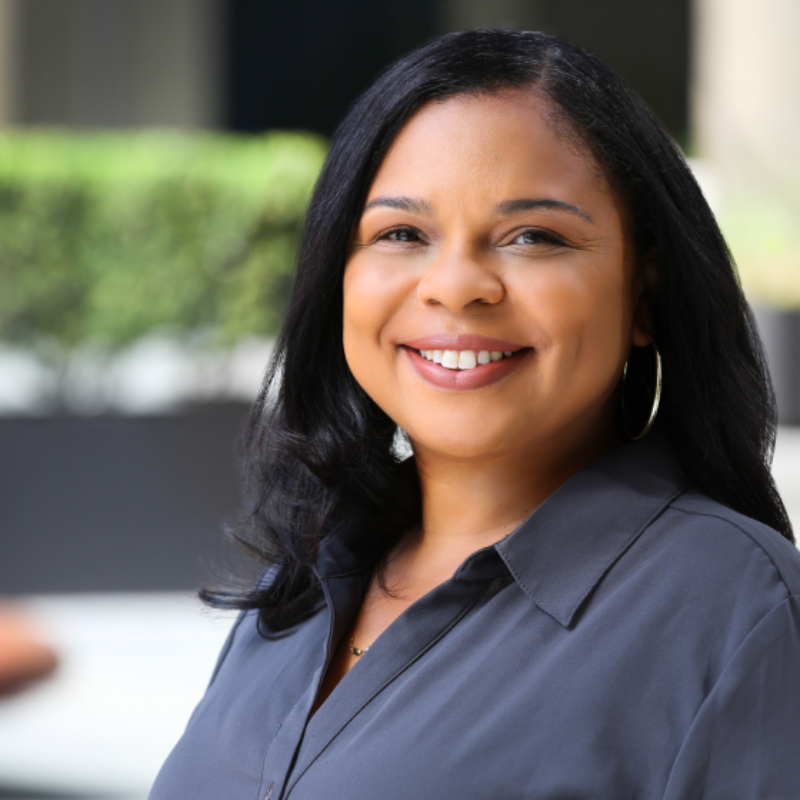If you’ve paid attention to the news lately, you’ve probably seen the reports on upticks in community violence during the pandemic. Many of us have loved ones who’ve been directly affected by gun violence, domestic violence, and other forms of violence. While some might say that more policing is the answer, our research, data, and experience have shown us that there are better ways to prevent violence. No matter the form of violence, the strain on communities is all too evident. What’s been given less coverage are the interconnected root causes and community-led efforts to address violence in communities.
Looking at the causes
The social and economic crisis caused by the COVID-19 pandemic has strained an already tattered social safety net. Skyrocketing housing costs, job insecurity, and isolation of people who are grieving contribute to high stress levels across all communities. The communities hit hardest by COVID-19 are the same communities that have limited access to quality health care, mental health services and living wage jobs. And when we think about the communities of color who are experiencing violence, we have to consider the ways in which trauma from interpersonal, institutional and structural racism combine to undermine community health.
For example, it’s deeply shocking and disturbing to see violence perpetrated against Black communities in the news, including police killings of Black people, such as George Floyd and countless others. The trauma caused by racism and the trauma of racial stress is real, and it affects communities profoundly.
The CDC recently stated that racism “negatively affects the mental and physical health of millions of people, preventing them from attaining their highest level of health, and consequently, affecting the health of our nation.” And in 2020, our partners Congregations Organized for Prophetic Engagement and BLU Educational Foundation worked with their regional partners to get San Bernardino County to declare racism a public health crisis because they recognized that health disparities stem from a long history of discriminatory laws and practices. (Subsequently, Los Angeles and 242 cities, counties, and other governmental leaders nationwide followed suit.)
The bottom line is: The persistent combination of factors that result in trauma and economic insecurity create the conditions for violence. So we must pay attention to these root causes when helping communities generate solutions that are best for them.
Moving toward solutions
The good news is that when it comes to strategies for curbing community violence, there are myriad solutions that lead with love and respect for communities and the people living in them. Our Advancing Wellness grantmaking portfolios support community partners working to reduce community-based violence and build a stronger and deeper social safety net. One example is the South LA Community Safety Initiative. This community effort in South LA aims to reduce violence by building inter-community relationships and investing in healing circles, where participants can join in communal healing to address trauma. We were excited to see that within a few of months of beginning the initiative, area violence was down by 8%. Other community partners who are focusing on community safety and wellness include gang intervention groups like Los Angeles’ Urban Peace Institute, violence prevention and youth development organizations like Oakland’s Youth Alive and San Francisco’s United Playaz.
But there is still work to do. There needs to be greater private and public investments in communities, and in making communities whole. We need increased access to physical, mental, and emotional wellness services, including the creation of culturally appropriate strategies. Because we’ve seen that when we lead with culturally competent approaches, we’re able to help increase the resiliency of communities against violence. Strategies such as disrupting violence by creating space for healing through art, as one example, have been proven to help stop violence. Crenshaw Dairy Mart is a case of a community partner doing this as an “artist collective and gallery dedicated to shifting the trauma-induced conditions of poverty and economic injustice.”
Moving ahead
We know that when we invest in communities, we see healthier communities. Our goal is to see more public investments in community-driven strategies, as well as funding redirected toward prevention and treatment, rather than punitive measures that only worsen the cycle of violence.
Communities are making a difference! If you’re interested in joining efforts to increase investments in the health and well-being of communities, you can volunteer with community-based organizations in your community and statewide organizations such as:
- California Calls, an alliance of community-based organizations working to increase civic engagement in communities across California.
- Power California, an alliance of youth-led organizations working to increase civic participation among young people and their families in California.
Investing in communities pays off, especially when it comes to stopping community violence. We’re ready to continue our support in 2022 and beyond, and we hope you’ll stand with us in making change.

